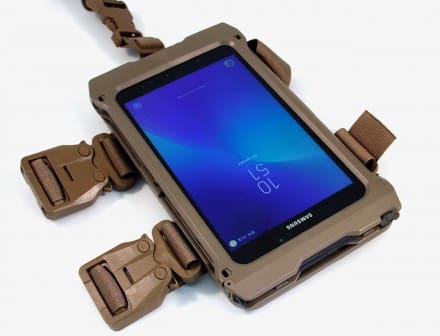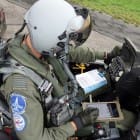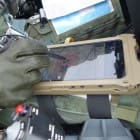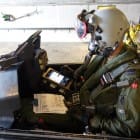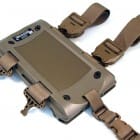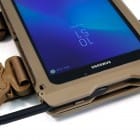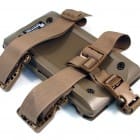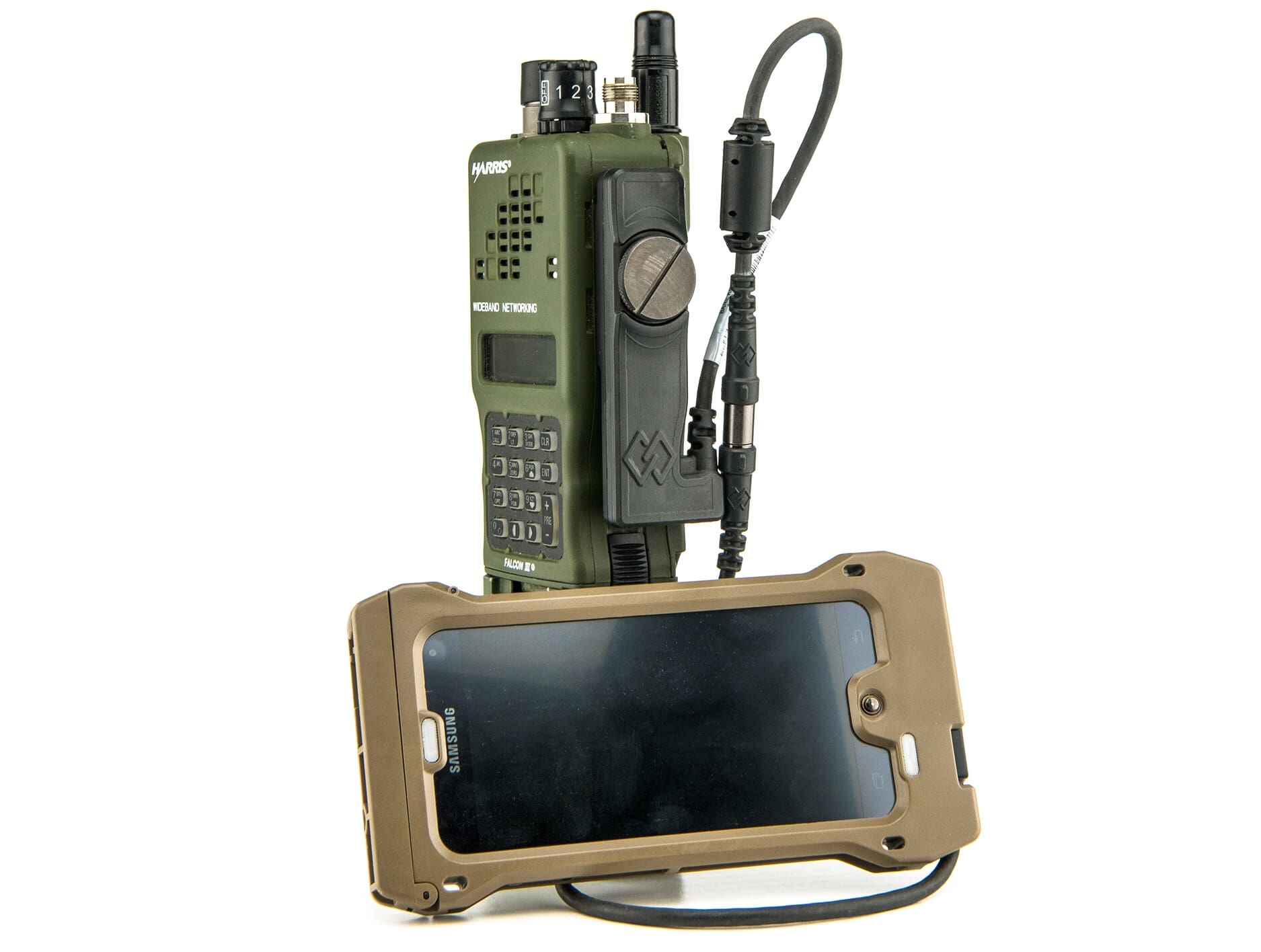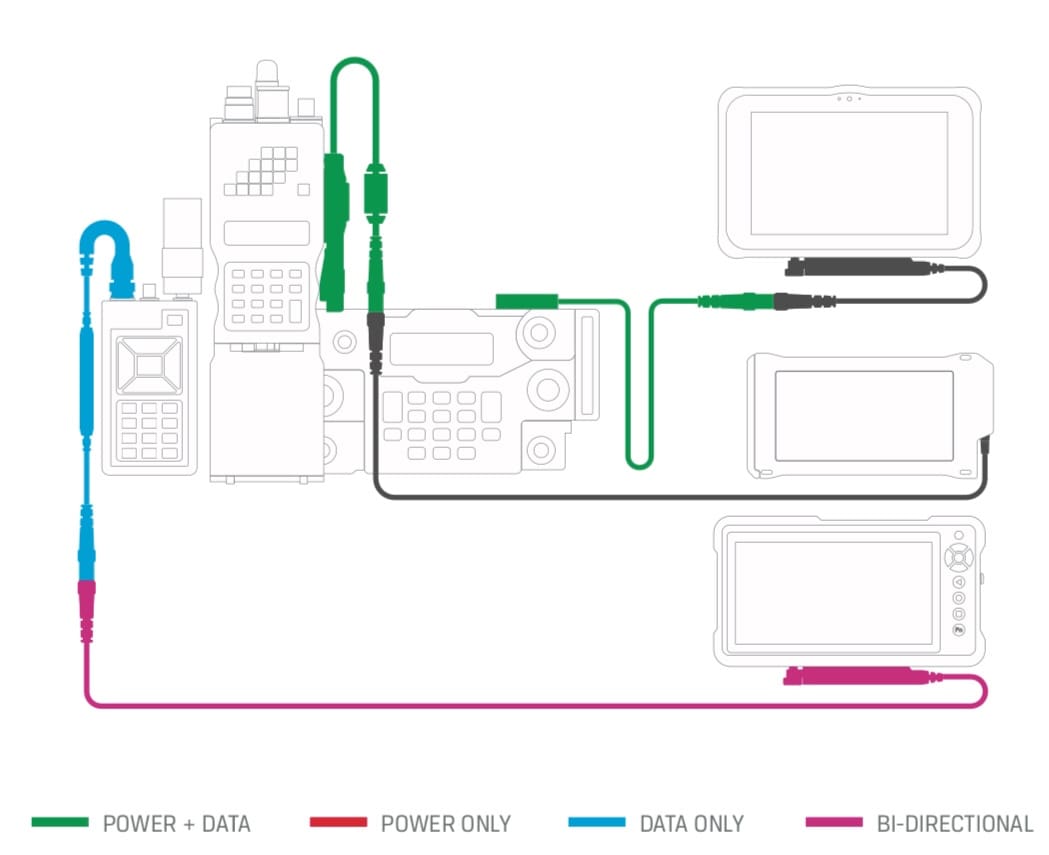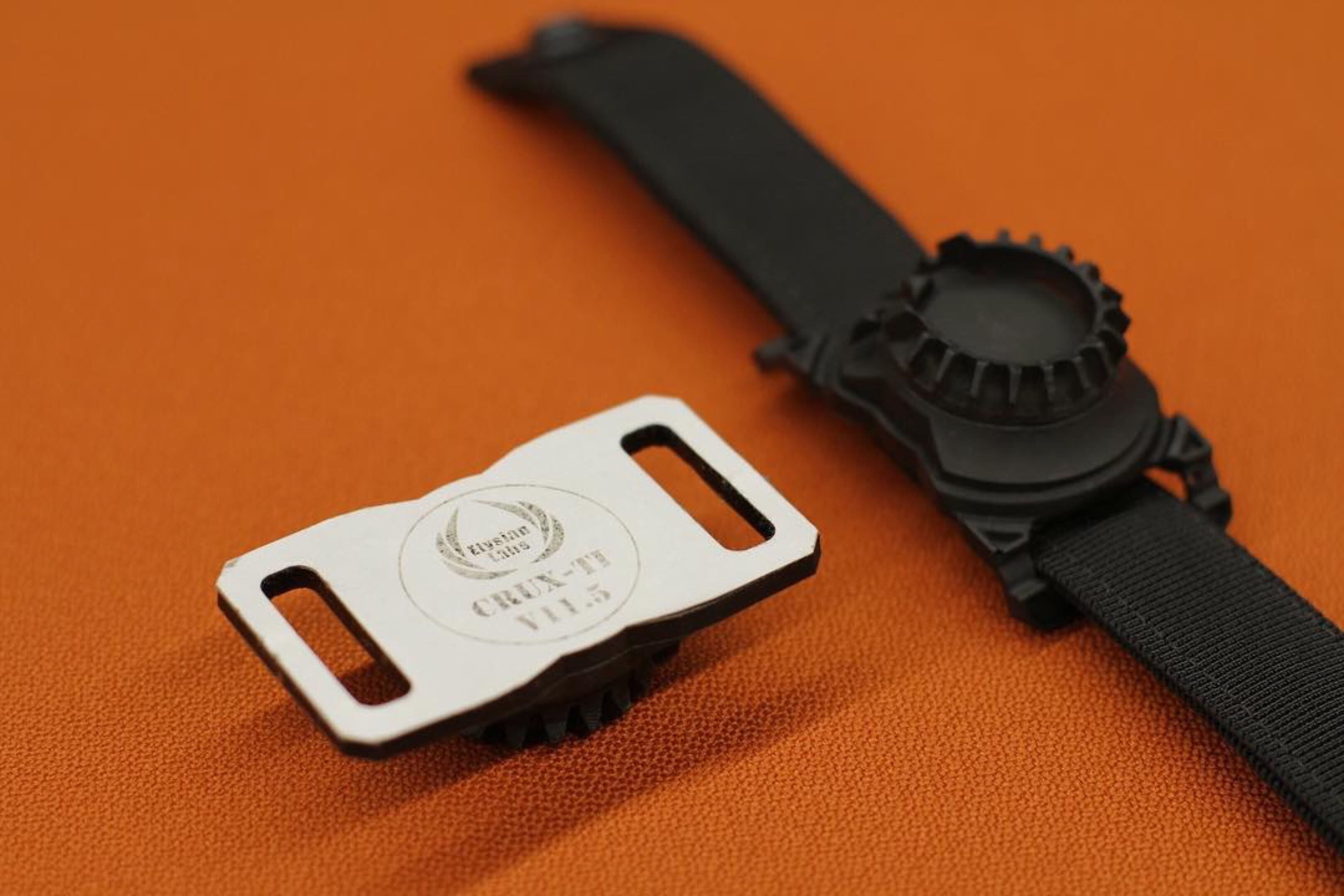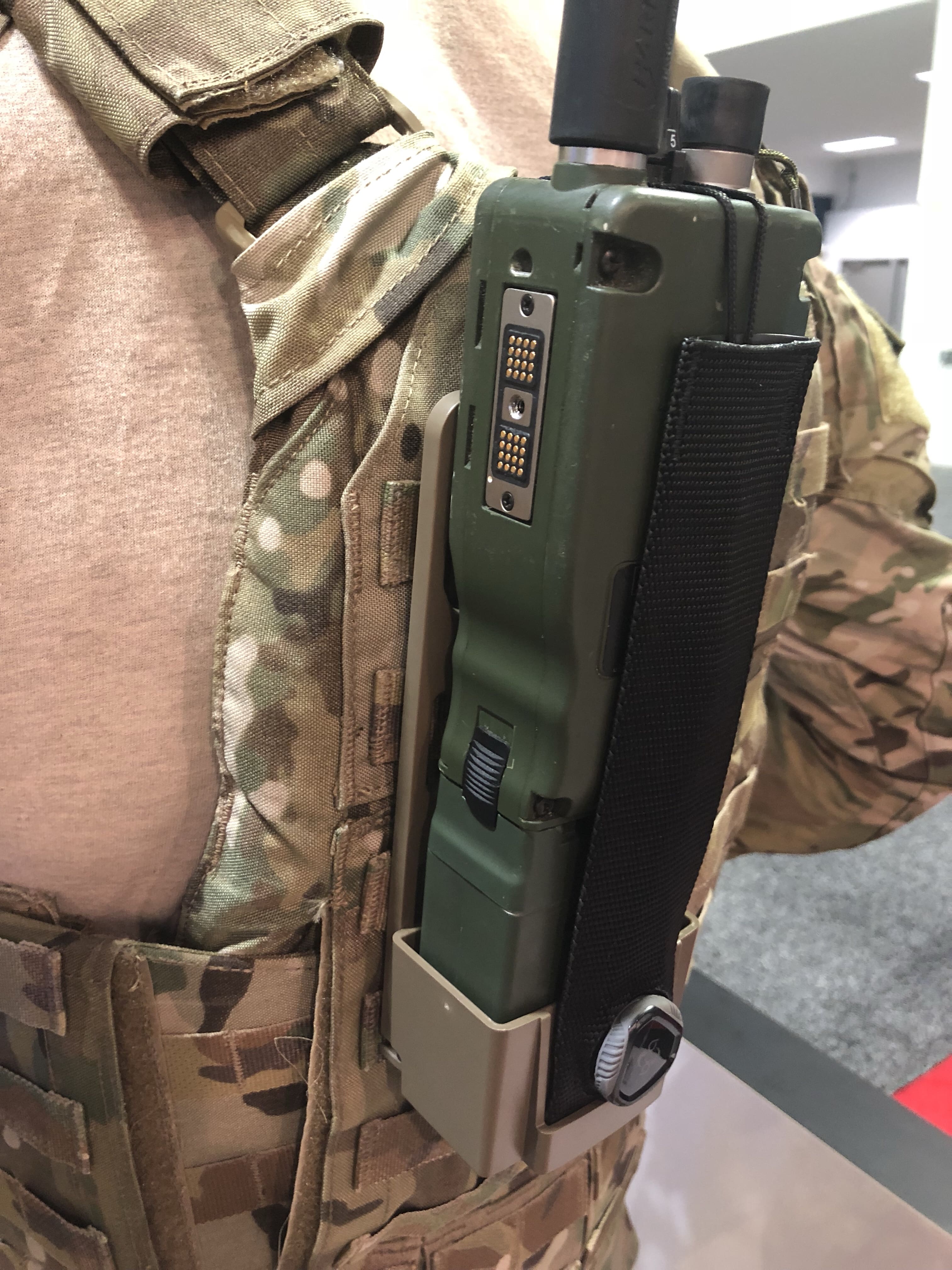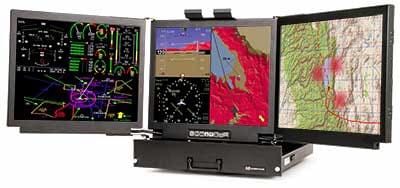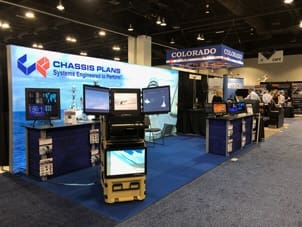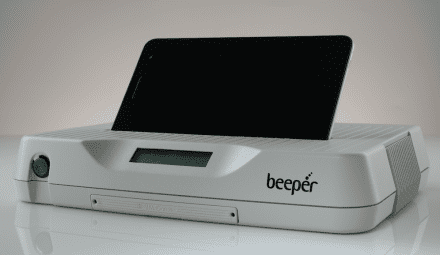An Award Through the Silicon Valley Innovation Program Under the Department of Homeland Security Science and Technology Directorate
Protect The Force Inc., a leader in design and technology for military, law enforcement, fire and rescue, has received an award to develop photovoltaic energy harvesting fabrics from the U.S. Department of Homeland Security (DHS) Science and Technology Directorate (S&T).
In what is the first award under the DHS S&T’s Silicon Valley Innovation Program’s (SVIP’s). Energy Harvesting Fabrics solicitation, Protect The Force will provide a proof-of-concept of a photovoltaic fiber that can be woven into an energy harvesting fabric. The fabric would be used in first responder garments with a goal to provide reliable power for charging batteries or power electronics. The award is for the first phase of a four-phase program and is valued at $199,260.
The goal of the Energy Harvesting Fabrics solicitation is to seek new fiber technology that can be integrated into first responder uniforms, such as daily use uniforms, with the ability to charge radios, sensors and other electronics worn on the frontlines by police officers, medical personnel. The scope of the call also includes wildland firefighter uniforms that can withstand the extreme conditions of wildfires and structural firefighter gear used when responding to building fires.
Protect The Force will work closely with Dr. Ramaswamy Nagarajan, Professor at the University of Massachusetts-Lowell (UML), utilizing UML’s recently unveiled Fabric Discovery Center (FDC) facilities and with Tweave LLC to execute on this first phase of the project. UML- FDC acknowledges the support from the Massachusetts Manufacturing Innovation Initiative (M2I2) that provided the funding for the acquisition of equipment that will be used in the fabrication of the photovoltaic fibers. UML-FDC also acknowledges Advanced Functional Fabrics of America (AFFOA), NEXTFLEX and Advanced Robotics Manufacturing (ARM) USA Institutes.
“We are honored to be the recipients of this award from the prestigious DHS Science and Technology Directorate’s Silicon Valley Innovation Program,” stated Francisco J. Martinez, Protect The Force Chief Technology Officer.
“We would like to thank Dr. Nagarajan and Ms. Claire Lepont at UML-FDC for their relentless efforts in developing a winning proposal. We also appreciate the support of Tweave LLC’s General Manager Ms. Mary Reardon, as a key player in the project. We now look forward to the kick-off and execution of this project and to developing a potentially lifesaving technology to our First Responders.”
“It is estimated that the global market for energy harvesting is expected to reach $4.4 billion by 2021,” continued Mr. Martinez. “With defense being the second most significant area of application, this segment is expected to reach approximately $845 million by 2019. The US Army is increasingly using energy harvesting in wearable devices. First responders are also growing their use and need for equipment to aid communications, awareness, safety and improved technical ability in emergencies.”
“Our success in this program creates a great opportunity not only for our work with first responders and DHS, but for developing energy harvesting fabrics for the consumer market place including the outdoor industry, geo-textiles, marine industry and other markets,” concluded Mr. Martinez.


